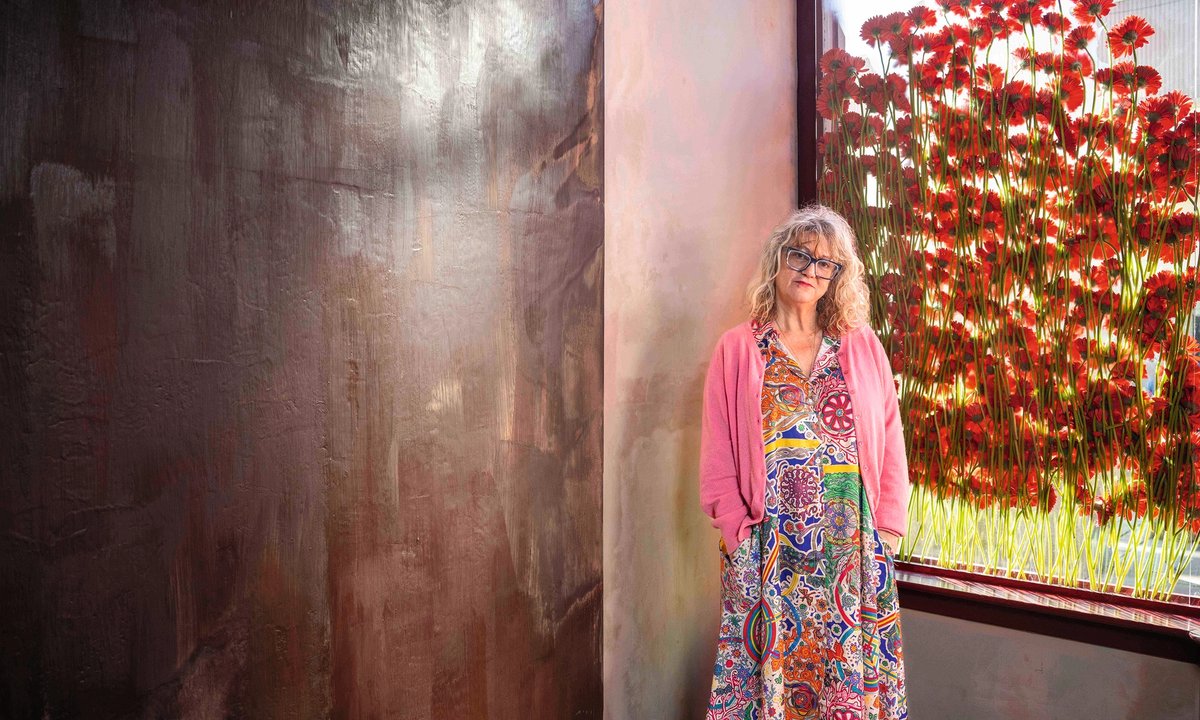
"Chocolate can be a complex and unsettling thing. Some types are a luxury-Fortnum & Mason's chocolate-covered stem ginger or fingers of lemon and orange peel, for example. They used to come in the classic eau de nil boxes with an interior lined with beautiful illustrations of exotic birds and flowers. This, to me, acknowledged chocolate's complicated colonial origins-that it had been brought to the West from countries colonised from the 16th century onwards, though I'm not sure that was Fortnum's message."
"It was the Dutch who worked out how to turn it into a powder, making it easier to transport and develop into other products. In 16th- and 17th-century Britain, its consumption was connected to class-it was drunk as a bitter liquid for its stimulant qualities by the aristocracy. The middle classes had coffee and the working class alcohol. Women weren't supposed to drink it-too dangerous."
"I first used it as an art material when I was invited to make a show by Rodolphe Janssen gallery in Brussels in 1992. To me, that city is a centre for chocolate-making, and wherever I make a work I like to use something that talks to the local context in which it's created. Last year, at the Turner Contemporary gallery in Margate, it was apples and chalk, which have both been economically essential to the region for centuries."
Cacao thrives within ten degrees of the equator and was transformed into powder by the Dutch, enabling transport and new products. In 16th- and 17th-century Britain, chocolate consumption signalled class distinctions: a bitter stimulant for the aristocracy while middle classes drank coffee and the working class drank alcohol; women were discouraged from drinking it. Contemporary perceptions cast chocolate as both irresistible and potentially dangerous amid ideals of svelte youth, creating tensions of desire and denial. Chocolate is also used as an artistic material in site-specific works, and natural perishables like fruit and flowers are valued for impermanence and decay.
Read at The Art Newspaper - International art news and events
Unable to calculate read time
Collection
[
|
...
]